Samsung powers e-schools in central Uganda
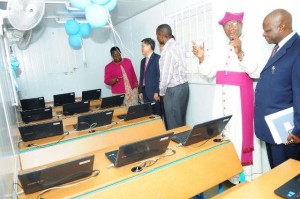 Kampala, September 2 – Mackay College and Nsangi Secondary School yesterday became the first beneficiaries’ of Samsung Electronics East Africa’s Solar Powered Internet School (SPIS) and E-Learning Centre initiative in Uganda.
Kampala, September 2 – Mackay College and Nsangi Secondary School yesterday became the first beneficiaries’ of Samsung Electronics East Africa’s Solar Powered Internet School (SPIS) and E-Learning Centre initiative in Uganda.
The SPIS is built in a 12-metre repurposed container that can accommodate up to 24 pupils, and is fitted with solar panels that power the equipment. It is additionally equipped with an interactive whiteboard, Samsung Laptops, a printer, and fans to cool the container.
On the other hand, the Samsung E-Learning Centre is an integrated platform housed in a normal computer lab setting that boasts a monitoring and controlling feature which allows teachers to keep constant track of educational content on their learners’ screens. The screens include a screen-sharing feature, as well as real-time question and answer feature which can also be connected to solar power.
“We are keen to support societies and their communities in many different ways and these solutions will provide better knowledge transfer, learning and research opportunities both for learners and teachers alike, as well as equip them with the necessary employable skills for the future,” said Amos Mulago, Samsung Electronics Manager for Uganda.
Billed as an example of Samsung’s investment in corporate citizenship on the continent which focuses on education and harnessing the company’s legacy of innovation to respond to the felt needs of people on the continent, the design of the facilities is informed by the low levels of access to grid electricity in many parts of Africa.
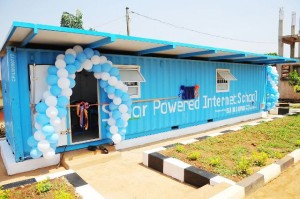 According to the World Bank, only seven countries in Africa—Cameroon, Côte d’Ivoire, Gabon, Ghana, Namibia, Senegal and South Africa—have electricity access rates exceeding 50 percent of the population. The rest of the Sub Saharan region has an average grid access rate of just 25 percent, resulting in isolated communities with limited access to education and connectivity – both of which are key to fast-tracking a nation’s development, a constraint the Samsung design is bale to bypass.
According to the World Bank, only seven countries in Africa—Cameroon, Côte d’Ivoire, Gabon, Ghana, Namibia, Senegal and South Africa—have electricity access rates exceeding 50 percent of the population. The rest of the Sub Saharan region has an average grid access rate of just 25 percent, resulting in isolated communities with limited access to education and connectivity – both of which are key to fast-tracking a nation’s development, a constraint the Samsung design is bale to bypass.
Representing junior education minister John Chrysostom Muyingo during the handover ceremony at Mackay College, Permanent Secretary Dr. Rose Nassali Lukwago said that “the Samsung solutions provide a holistic approach fast-tracking educational development and ensuring that the youth can participate on a global scale by exposing them to today’s innovative technology.”
Previously, Samsung Electronics Africa had rolled out similar facilities in Kenya, Ethiopia, Tanzania, Gabon, Botswana, Nigeria, Rwanda and South Africa.

 AfDB puts up nearly $700m for Burundi-Tanzania SGR link
AfDB puts up nearly $700m for Burundi-Tanzania SGR link
 Bank of Uganda keeps base rate at 9.5% to support surge in GDP growth
Bank of Uganda keeps base rate at 9.5% to support surge in GDP growth
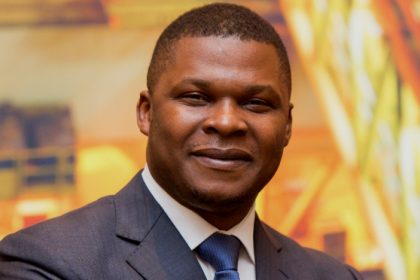 Africans must resist being bulldozed in energy transition timetable debate
Africans must resist being bulldozed in energy transition timetable debate
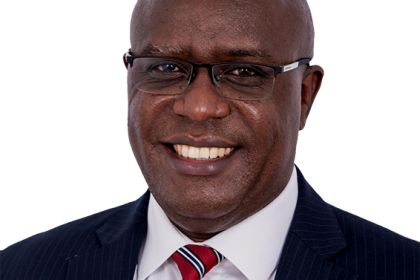 Standard Bank Group appoints new Chief Executive for Uganda Holdings
Standard Bank Group appoints new Chief Executive for Uganda Holdings
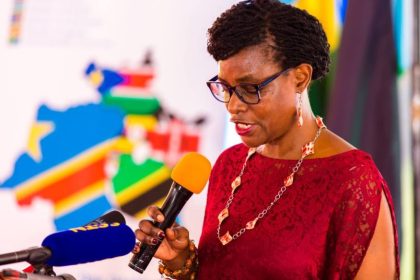 TradeMark Africa introduces new App to limit EAC trade barriers
TradeMark Africa introduces new App to limit EAC trade barriers
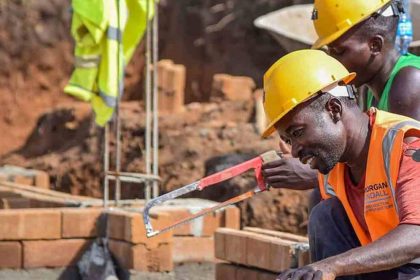 Employer hiring up during November as Stanbic PMI rises to 53.4
Employer hiring up during November as Stanbic PMI rises to 53.4
